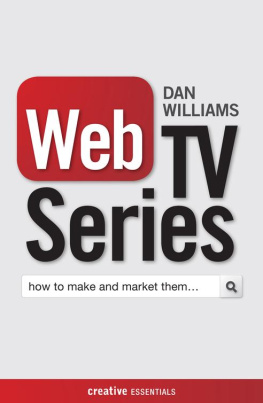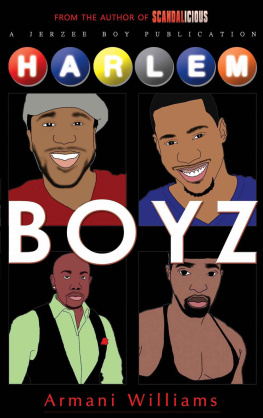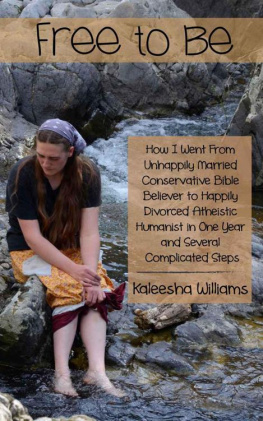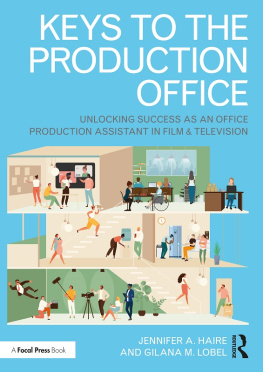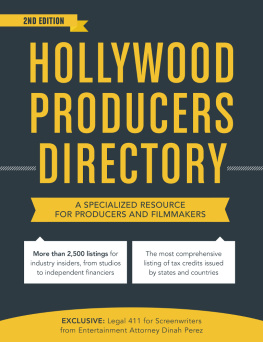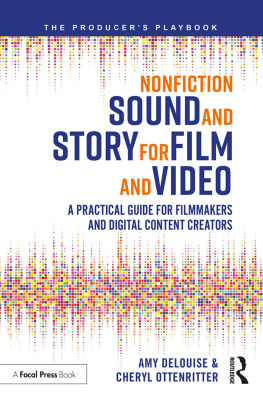This is an entertainment medium without a lot of history or precedent. As soon as one path to success is established, it quickly becomes obsolete and is replaced by additional innovations in the marketplace.
How do you create a hit web series? The truth is that what works for one show is not replicable by another.
After helping a friend of mine who wrote and directed a web series, the idea crept into my head that I should create my own show as well. Producing Asylum gave me the opportunity to dive head-first into web TV. I was new to the game, and struggled to find any reliable how-to guides or best-practices.
So I talked to as many people working in new media as I could. I wanted to find out what worked for them, and what did not. What steps they took to reach their goals. And what mistakes they made. I attended panel discussions and networking events, and read every article I could about new shows and industry announcements.
This book is a collection of the information I gathered while producing content and exploring the new media space. It contains market research, breakdowns of the latest trends and technology, and web-specific tools for both aspiring and experienced filmmakers. There are also personal anecdotes from people working in new media from a variety of backgrounds.
When I started this book, I wanted to write something that presented all the options, scenarios, and possible routes one could take while developing their own web series. Simply put: I wanted to create the kind of resource I wish Id had before making my own show.
As internet connections become faster, it is only getting easier to stream videos online. The vast majority of internet users watch video content, and the average amount viewed continues to increase as well. Production costs, meanwhile, are decreasing as high-end cameras and editing software become more available to consumers. Websites like YouTube allow users from all over the world to upload and share their own creations.
You have surely noticed these trends yourself. Odds are that you have watched plenty of content perhaps you have even posted a few videos of your own. What is important to note is that, out of this new web-based production and distribution model, a new medium of entertainment has emerged. Somewhere along the path of making original online videos, content creators began crafting serialised programmes.
These creators posted new content on a consistent basis and built an audience of regular viewers. Successful web videos no longer relied solely on a one-shot upload going viral to become a hit. Whether they were flash cartoons like Homestar Runner, fictionalised blogs like lonelygirl15, machinima animation Creators promised new material on a specific schedule and focused on building a community of fans around their videos brand.
The only thing more contested than the exact genesis of the medium is its name. Early adopters tended toward webtelevision. But what is television if it is not being watched on a TV? These new online programmes are broken into episodes and feel relatively like abbreviated versions of traditional television shows. However, many of them feature subject matter, use production techniques, and are uniquely structured in ways that differ greatly from their TV equivalents. Watching web television is a very different viewing experience than simply watching a TV show on your computer.
Many have now taken to calling these serialised online videos web TV series or simply web series. The medium is one that took off in a hurry and has begun to capture the publics attention as well as the attention of advertisers and studios. Web series have given voices to those left out of traditional entertainment and provided new opportunities for independent artists.
A CASE STUDY (WITH BACON)
Montreal natives Harley Morenstein and Sterling Toth started by recording something they loved to do: eating greasy food. In October 2010, the pair teamed up with some friends to create a pizza made out of all the fast food they could gather burgers, chicken nuggets, tacos, French fries, and onion rings. Then they ate it and posted the footage on YouTube.
When the videos view count soared past the 100,000 mark, Morenstein and Toth decided to produce more content. Their series, dubbed Epic Meal Time, releases new videos every Tuesday. With an over-the-top style and aggressive attitude toward food consumption, the duo lead the creation of ridiculously high-calorie feasts (which usually include layers upon layers of bacon).
In three months, the series accumulated over three million views. Currently, their total views are over 300 million. They built an audience of people who enjoyed their Jackass-like sensibilities and perhaps wanted to binge vicariously through the show. Their YouTube channel became the fastest to reach one million subscribers, completing the task in under nine months. Morenstein and Toth monetise their series through advertising on YouTube, merchandise sales on their website, and referral programs.
The creators of Epic Meal Time are now represented by the Gersh Agency and managed by Brillstein Entertainment Partners. They have been featured in Entertainment Weekly and were guests on The Tonight Show with Jay Leno. Morenstein and Toth recently closed a deal to develop their concept as a television pilot for the G4 network.
A CASE STUDY (WITH UCB)
Upright Citizens Brigade alums Abbi Jacobson and Ilana Glazer have produced two seasons of a sometimes-scripted, sometimes-improvised comedy called

